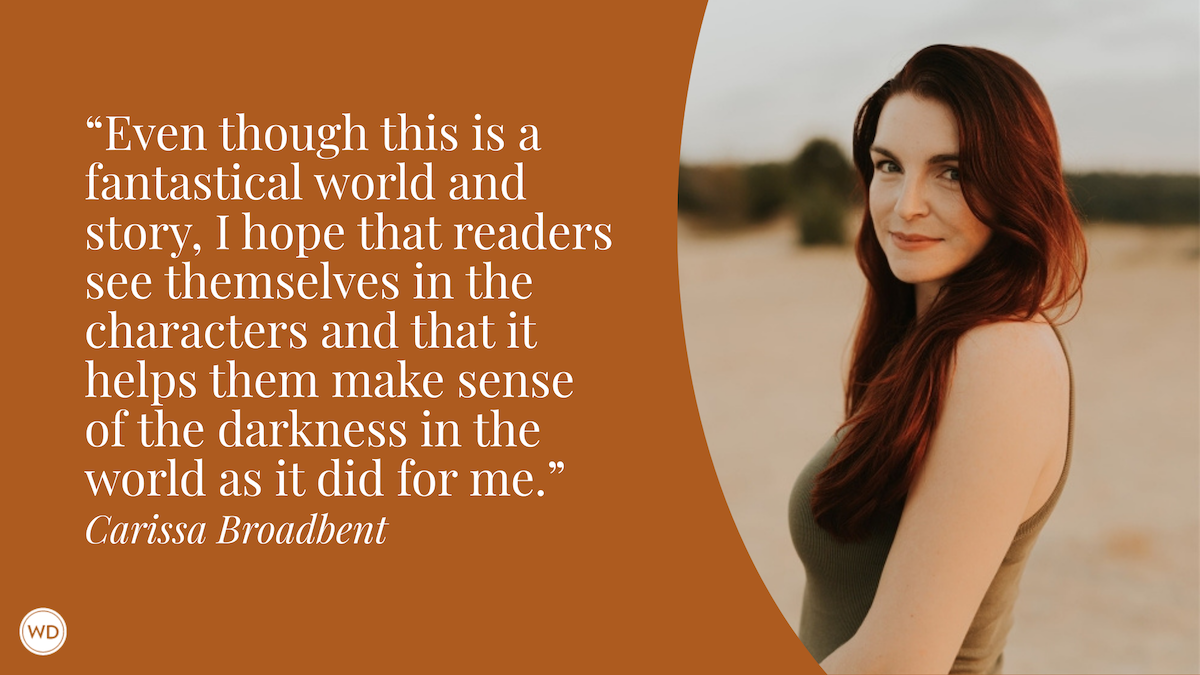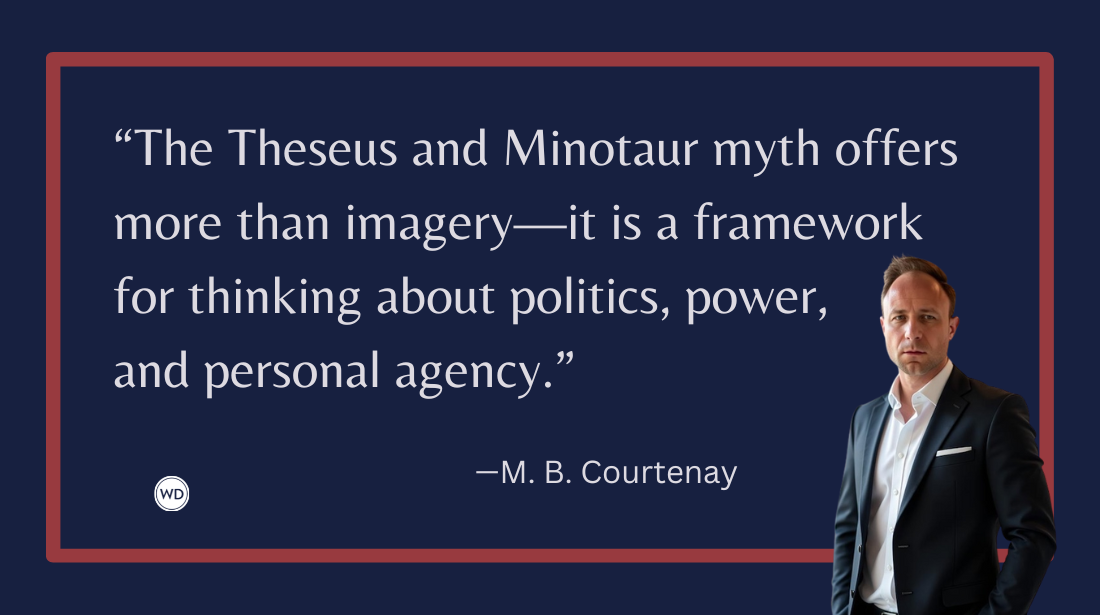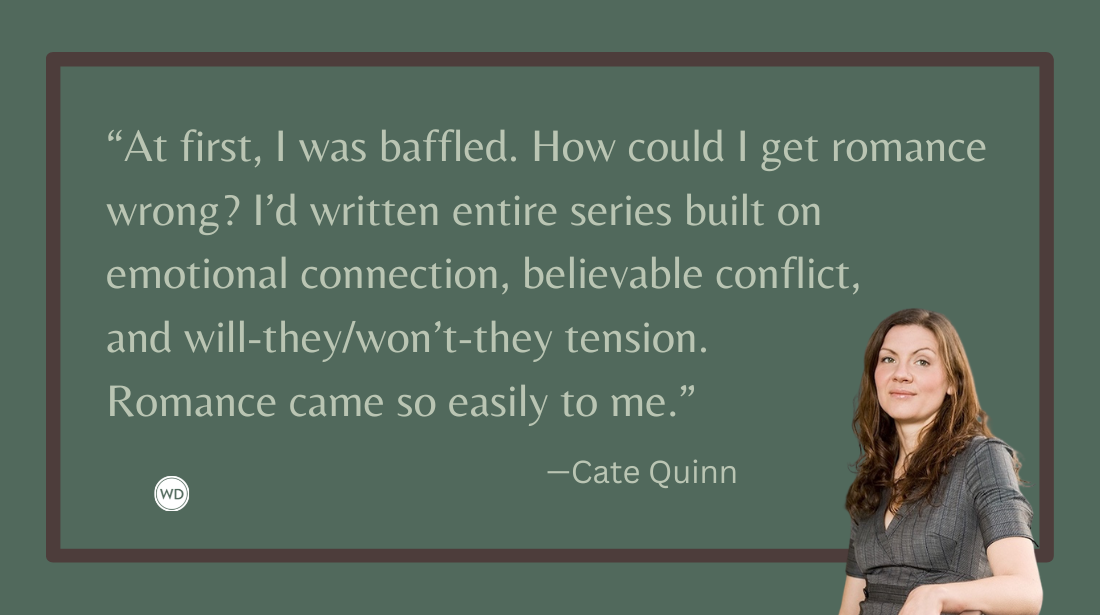How to Write a Gripping Cat and Mouse Thriller
Author Ellie Monago shares her top tips on how to write a gripping cat and mouse thriller that readers love.
I love a cat and mouse, whether it’s in a novel or a film, highbrow or low. The broadest definition of a cat and mouse is that one character is pursuing and opposing another. The tension builds as they circle each other ever more tightly, leading to a final showdown that feels inevitable.
In some narratives, the cat and mouse are quite distinct. The cat is clear from the outset (for example, when it’s the haunted and grizzly detective pursuing a suspect who doesn’t yet realize they’re the target, or when someone from the past reappears under a new guise seeking vengeance). The mouse might be a true mouse—innocent and defenseless, caught in the crosshairs of another’s obsession—or a sociopathic killer. The mouse can be knowing, making intentional moves and countermoves, or entirely oblivious.
Part of what I love about cat and mouse is that it’s timeless and versatile. It’s also innately compelling. Readers love a good chase.
So, what makes a good chase?
I’ll step back here and give a shout-out to my absolute favorite varietal of cat and mouse. It’s when there are two protagonists who instantly—or relatively quickly—realize that they’re antagonists. There might be envy or mutual dislike but most importantly, their fondest desires are simply incompatible. For one to succeed, the other must fail; for one to win, the other must lose.
In life, I hate a zero-sum and would much rather compromise, but in fiction, I love the clarity of the absolute. It means that the protagonists are pitted fully against each other, forced to rationalize and justify every escalating aggression. It’s human nature to want to be right, which means the other cat has to be wrong. Or at least, more wrong than you.
My novel, The Secret Mistress, is available in June and it features two such protagonists/antagonists. Maren’s husband Corey died months ago and she’s still grieving when Jade shows up on her doorstep, accompanied by a four-year-old named Tai. Jade informs Maren that Tai is Corey’s son—ergo, Jade was Corey’s mistress. Maren’s a wealthy widow whereas Jade is struggling to support Tai. So in Jade’s mind, what she wants is simple and irrefutable: Tai is Corey’s heir and should receive an inheritance.
Maren’s position is equally simple and irrefutable (to her): This couldn’t possibly be true. Corey was a devoted husband, and he has no children. Maren knows this for sure, since she and Corey never had any, to her great agony. Jade must be lying.
Soon, though, Maren decides Jade is telling the truth, which is bad news for Jade. Jade wants money but Maren soon wants something else, which is to connect with Tai. He’s the son that Maren wishes she’d had. Jade thought she was the cat, but Maren is not so mousy after all.
If the novel had remained about money alone, that would have been boring. For me, it’s important that a novel contains layers of motivation, and that those layers mirror human complexity. Money can be a psychological stand-in for respectability and legitimacy. It serves to distract from loneliness and ameliorate our need for love. But there’s a limit to what creature comforts can provide. That’s why we always want more.
When Maren and Jade become increasingly obsessed with each other, it’s because they’re actually seeking validation, contact, and connection. In a cat and mouse, there’s a reason that the cat is pursuing the mouse. The mouse represents something meaningful to the cat.
And that’s what makes for a satisfying cat and mouse. It’s that both antagonists are properly motivated. They should also be properly deluded as to those motivations, believing that they’re not the real problem; the other guy is.
Jade thinks that all she wants is for Maren to cave and give her money; Maren thinks that all she wants is a relationship with Tai. But there has to be a lot more to it. In a cat and mouse, characters can’t just want what they want; they want the clash. Fortunately, the reader does, too.
One of the tricks in writing a thriller is how to shield the character from her own deepest and truest motivations without making her too infuriatingly stupid or evil. Sometimes that’s what a first draft—or second or third…—is for. The writer needs to figure out where the lines are. Because there have to be lines your characters won’t cross, or will only cross with extreme provocation.
As a thriller writer, my job is to create the conditions for escalation. My cats have to keep going further and further in pursuit of their goals and because of their obsession with one another. In a well-executed cat and mouse, there’s always a degree of obsession. That goes back to character: How do these antagonists so thoroughly capture one another’s imagination? What does each represent to the other? What psychological hole do they fill?
Obsession is what fuels the plot, what makes certain actions that could seem unthinkable become plausible. What one character would do to another on page 200 should be very different from what would occur on page 50. The author has to create the kindling for the ultimate explosion. That kindling consists of the character’s backstory, personal traits, and the stresses they’re facing (both in their overall life circumstances and because of their antagonist).
As you can probably tell, I think psychology is hugely important. I’m a therapist as well as a writer so I guess I’m biased. But I know that what elicits the most eye rolls for me when I read a novel is when characters seem capable of absolutely anything at any time.
Even sociopaths have lines. The fun part as a writer is deciding what they are.
Check out Ellie Monago's The Secret Mistress here:
(WD uses affiliate links)









